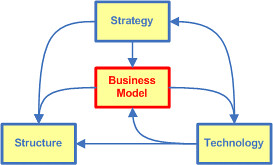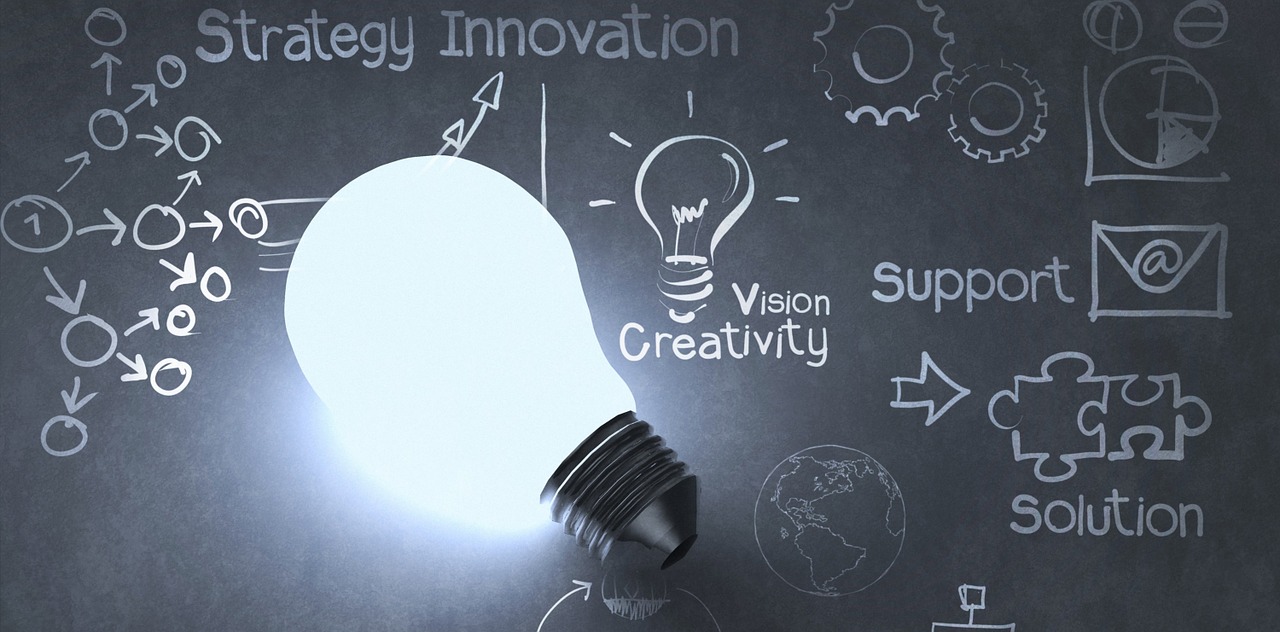Some of the most potent innovation taking place today does not involve breakthrough technologies…. but rather the creation of fundamentally new business models. In a review by Peter Diamandis, he has summed up 7 models in his new book “The Future is Faster Than You Think“. The top three are all data businesses at their core, AI is a major enabling capability.
(1) The Crowd Economy: Crowdsourcing, crowdfunding, ICOs, leveraged assets, and staff-on-demand—essentially, all the developments that leverage the billions of people already online and the billions coming online.
All have revolutionized the way we do business. Just consider leveraged assets, like Uber’s vehicles and Airbnb’s rooms, which have allowed companies to scale at speed. These crowd economy models also lean on staff-on-demand, which provides a company with the agility needed to adapt to a rapidly changing environment. And it’s everything from micro-task laborers behind Amazon’s Mechanical Turk on the low end, to Kaggle’s data scientist-on-demand services on the high end.
Example: Airbnb has become the largest “hotel chain” in the world, yet it doesn’t own a single hotel room. Instead, it leverages (that is, rents out) the assets (spare bedrooms) of the crowd, with more than 6 million rooms, flats, and houses in over 81,000 cities across the globe.
(2) The Free/Data Economy: This is the platform version of the “bait and hook” model, essentially baiting the customer with free access to a cool service and then making money off the data gathered about that customer. It also includes all the developments spurred by the big data revolution, which is allowing us to exploit micro-demographics like never before.
Example: Facebook, Google, Twitter—there’s a reason this model has transformed dorm room startups into global superpowers. Google’s search queries per day have risen from 500,000 in 1999, to 200 million in 2004, to 3 billion in 2011, to 5.6 billion today. While more users are becoming aware of the valuable data they exchange in return for Google’s “free” search service, this tried-and-true model will likely continue to succeed in the 2020s.
(3) The Smartness Economy: In the late 1800s, if you wanted a good idea for a new business, all you needed was to take an existing tool, say a drill or a washboard, and add electricity to it—thus creating a power drill or a washing machine.
In the 2020s, AI will be electricity. In other words, take any existing tool, and add a layer of smartness. So cell phones became smartphones and stereo speakers became smart speakers and cars become autonomous vehicles.
Example: We all know the big names incorporating AI into their business models—from Amazon to Salesforce. But more AI startups arise each day: 965 AI-related companies in the U.S. raised $13.5 billion in venture capital through the first 9 months of last year, according to the National Venture Capital Association. The most highly valued of them all is Nuro, a driverless grocery delivery service valued at $2.7 billion. Expect AI to continue transforming most businesses in the 2020s.
 “Business Model Triangle” by Alex Osterwalder is licensed under CC BY-SA 2.0
“Business Model Triangle” by Alex Osterwalder is licensed under CC BY-SA 2.0
For AI as a fast-emerging technology, what business models work best is still evolving. Three business models from AI are highlighted with examples by Dan from Battery Venture here. Each has its advantages and disadvantages.
- AI Business Model #1: Bolt-on – The first type of AI solution is deployed much like a product from a SaaS company, and the business models are almost interchangeable. These AI solutions sit seamlessly on top of other systems of record, like a CRM (customer relationship management) product or an ERP (enterprise resource planning) system. AI accesses data flowing through these systems, fueling business improvements over time.
- AI Business Model #2: Enhanced process – In the second AI business model, deploying a new AI product doesn’t change existing workflows at all; it just turbocharges the effectiveness of current workflows by integrating AI into them. These are deep-surgery integrations and require lots of implementation work, with much-improved processes as the payoff.
- AI Business Model #3: Letting the machine stand alone – In the third AI business model, the AI technology changes an entire workflow by introducing an AI-infused, better-way-to-complete-a-business-process. AI “owns” the experience end-to-end, with very little human-required assistance, giving algorithms the full control over the experience.
In this new territory, we believe more new explorations will happen and AI can enable new business models as well as organization operation models. John Deere’s Intelligent Solutions Group has turned real-time data, crowdsourced from thousands of the company’s customers, into services enabled by Big Data and transform the company from a product provider to a service provider which continuously creates value and revenue.
For enterprises, the adoption of AI can range from a fully in-house, custom-built approach to a more modular approach using pre-built solutions and tools and a fully outsourced approach solely relying on third-party vendors and teams. A significant portion of the enterprise market has neither the skill nor the budget to develop AI from scratch. There are pre-built AI solutions or tools, and consultants and contractors can customize off-the-shelf AI. Or enterprises can hire data scientists and engineers to develop, train, and run AI models.
Besides AI technical capability, the overall problem-solving modeling and strategy, coordination of execution, and the trade-off for a viable economic model will all be crucial – it means the right integration of human intelligence and AI.
From 2020 AI Talent Report published by Robin.ly, employers increasingly value non-technical attributes for AI talent. Quoted from the report: “The AI industry is facing substantial technical challenges in the face of ambiguity, and companies are increasingly seeking diverse individuals with compelling non-technical attributes, such as creativity, critical thinking, growth mindset, resilience, and communication skills.”
After all, customers or users, enterprises or individuals, don’t care about AI, they care about the value AI brings to them is worth what they pay only.
